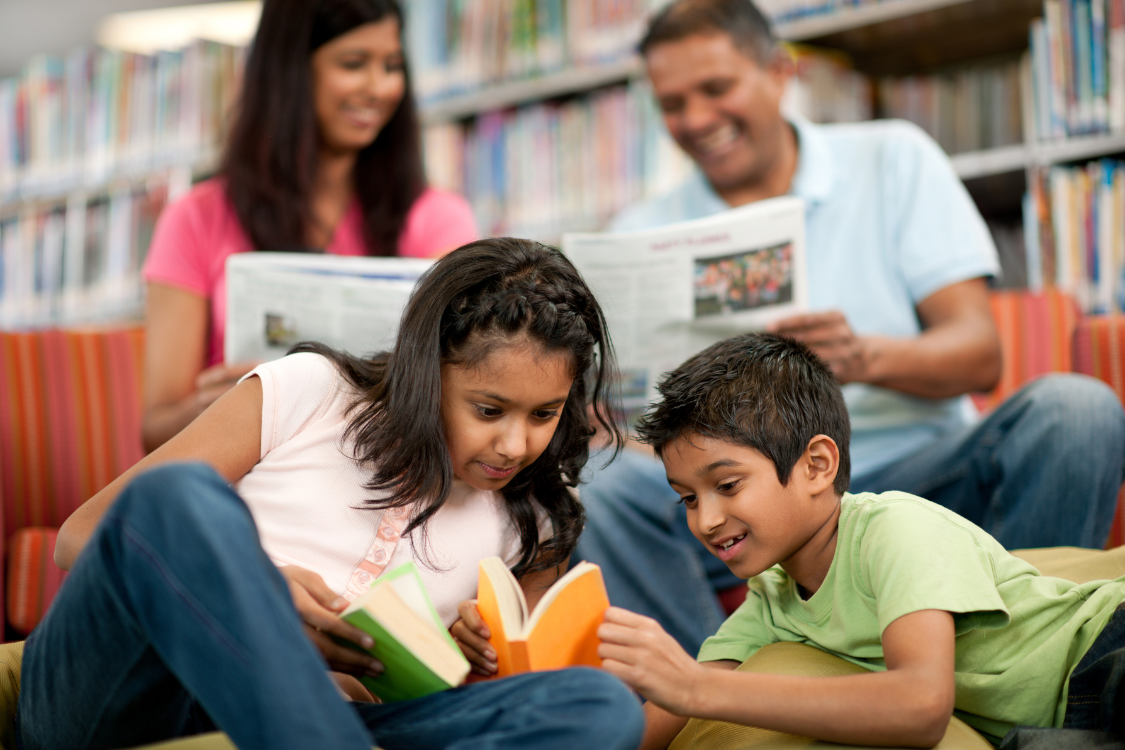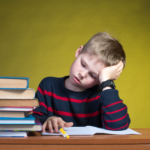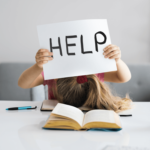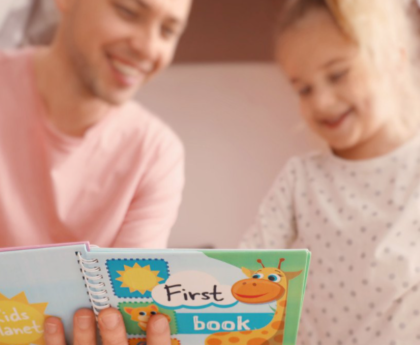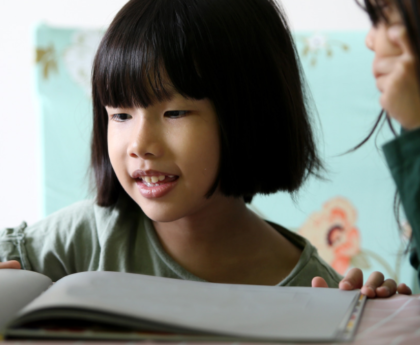When kids are learning to read, the books they explore play a role in shaping their skills and attitudes toward reading. Books also impact literacy development: texts must be appropriate for a child’s age, interests, and stage of reading development. It’s important to choose beginning reader books for your child that support their literacy journey and also inspire a love of reading.
To help you understand which children’s books are most helpful for your beginner reader, here are some tips from the reading.com team.
Before You Browse, Know Your Child’s Reading Level
The first step to finding the right titles for your child is to understand where they are in their reading development.
Every child achieves reading milestones at their own pace but there are general stages:
- From infancy until age four or five, children develop fundamental pre-reading skills including oral language, phonemic awareness, concepts of print, and eventually, learning the alphabet.
- Many children grasp the alphabetic principle by the end of kindergarten and begin decoding simple words with varying levels of accuracy.
- By the end of first grade (ages 6-7), kids typically decode all kinds of single- and multi-syllabic words and are familiar with high-frequency words.
- Kids ages 7-9 typically start reading early reader books, which are the first chapter books they’ll enjoy.
To help you choose early reader books, talk with your child’s teachers about his or her reading skills. You can also ask the teacher if they have specific book recommendations for you and your child to read at home.
Qualities of the Best Beginner Books for Kids
When you know your child’s skills in reading, you can select books that can help them practice and hone these skills. At the same time, reading levels are not rigid rules. They’re simply guidelines.
Sometimes, you (or maybe your child!) will want to veer outside their current reading level. When that’s the case, it’s helpful to know the qualities of a good beginning reader book.
First: Can Your Child Read Words?
To find the best books for your child, they first need to be ready to approach books with the skills required. It’s important to make sure that they have basic reading competencies:
- They know the alphabet.
- They show correct letter-sound correspondence.
- They can read simple words.
- They are comfortable decoding new words for their skill level.
This might seem obvious—of course children should know how to read words before trying to read books! However, there are many instances where a child is given a book to read but still lacks the essential skills required to read words.
When this is the case, the child often feels confused, becomes frustrated when trying to read, and is at risk of falling behind in their reading development. If your child struggles to read words, focus on helping them master those foundational skills before expecting them to read books, even if reading books is “typical” for their age or developmental stage.
Print is Easy to Read
Beginner readers benefit from text that is simple and legible. Since children who are new to reading are still learning to decode words, they must be able to easily read the letters in print. Large, bold fonts with comfortable spacing between lines are helpful so kids can keep track of where they are on the page.
Texts are Decodable
Look for decodable or phonetically controlled texts for early readers to practice reading. Decodable texts use word patterns that children have been explicitly taught to read.
For example, if a child has been taught to read CVC words with the short vowel /a/, they might read a book that has sentences like, “A cat sat on a mat”. All of the words in that sentence could be sounded out by that reader.
This way, children learn to sound out words instead of guessing based on pictures or a repetitive sentence. Decodability expands as children learn more complex phonics patterns.
Reading Patterns are Approachable and Buildable
Early readers must learn how to decode and follow regular reading patterns. Books for early readers should prioritize introductory spelling patterns and word parts. For this reason, books for early readers should avoid too many irregular high-frequency words like ‘the,’ ‘was,’ ‘you,’ ‘of,’ ‘to,’ etc., as these often don’t include common spelling patterns.
Many children’s books are repetitive, which can help familiarize pre-readers with sentence structure and rhyming when developing pre-reading skills. However, once your child is ready to begin reading beginner books, choose texts that encourage decoding.
Avoid books that repeat sentences or give too many context cues (such as, “The cat sat on the mat. The cat sat on the rug. The cat sat on the dog.”) Repetition of text can result in kids guessing the words based on memory or surrounding pictures. The goal of beginner reading is to help kids practice decoding (sounding out) words, build their reading comprehension, and set the stage for fluent reading.
Illustrations are Appealing and Relevant
Beginning reader books contain pictures to help kids connect words with meaning. Book illustrations are useful as they encourage readers to seek narrative information and context they can not yet obtain through more difficult words. Pictures also inspire children’s imaginations, enhance story recall, and hold children’s growing attention spans.
Book Design is Supportive of Reading
While illustrations are necessary for early readers, they should be used intentionally. Avoid busy, chaotic book designs and images that might distract or overwhelm your child from reading the words. If your child finds it challenging to focus on reading, choose books that have a simple design but still provide enough visual stimulation.
Story Represents Diverse People, Places, Things, and Ideas
Providing books with beginner qualities that also represent diverse characters and plots can broaden your child’s interests and introduce new words. Books that center on specific backgrounds, experiences, and cultural traditions can help your child relate to characters that are different or similar to themselves, potentially fueling their desire to read and learn.
Texts are a Realistic Length
Books for early readers are shorter than books for transitional and fluent readers. Beginner reading books range from 300 to 1,500 words, depending on the reading level and book layout. Choose books that are long enough to hold your child’s attention but not so wordy that your child can’t get through the whole text.
Want some ideas for early reading books? View reading.com’s list of the latest children’s book releases here!
Choose Early Reading Books that Match Your Child’s Interests
Look for books that revolve around your child’s favorite interests! They’ll be more likely to read at home when they have books they find interesting or entertaining. Better yet, encourage your child to start choosing their own books to read so they can approach reading with a sense of autonomy and curiosity.
Interactive storybooks are also a great way to captivate your child’s favorite interests, characters, and topics. You can make reading time interactive, fun, and meaningful by taking turns reading with your child, talking about the story together, and maintaining a daily reading routine at home.
Help Your Child Grow to Love Reading!
The most supportive thing you can do when helping your child begin reading on their own is to foster a love for reading with them. The moment your child discovers a book or series they truly love and connect with is a moment of heartwarming victory.
Want to learn more tips to help your child grow their love of reading? Visit reading.com or try our evidence-based kids’ reading app for free!

